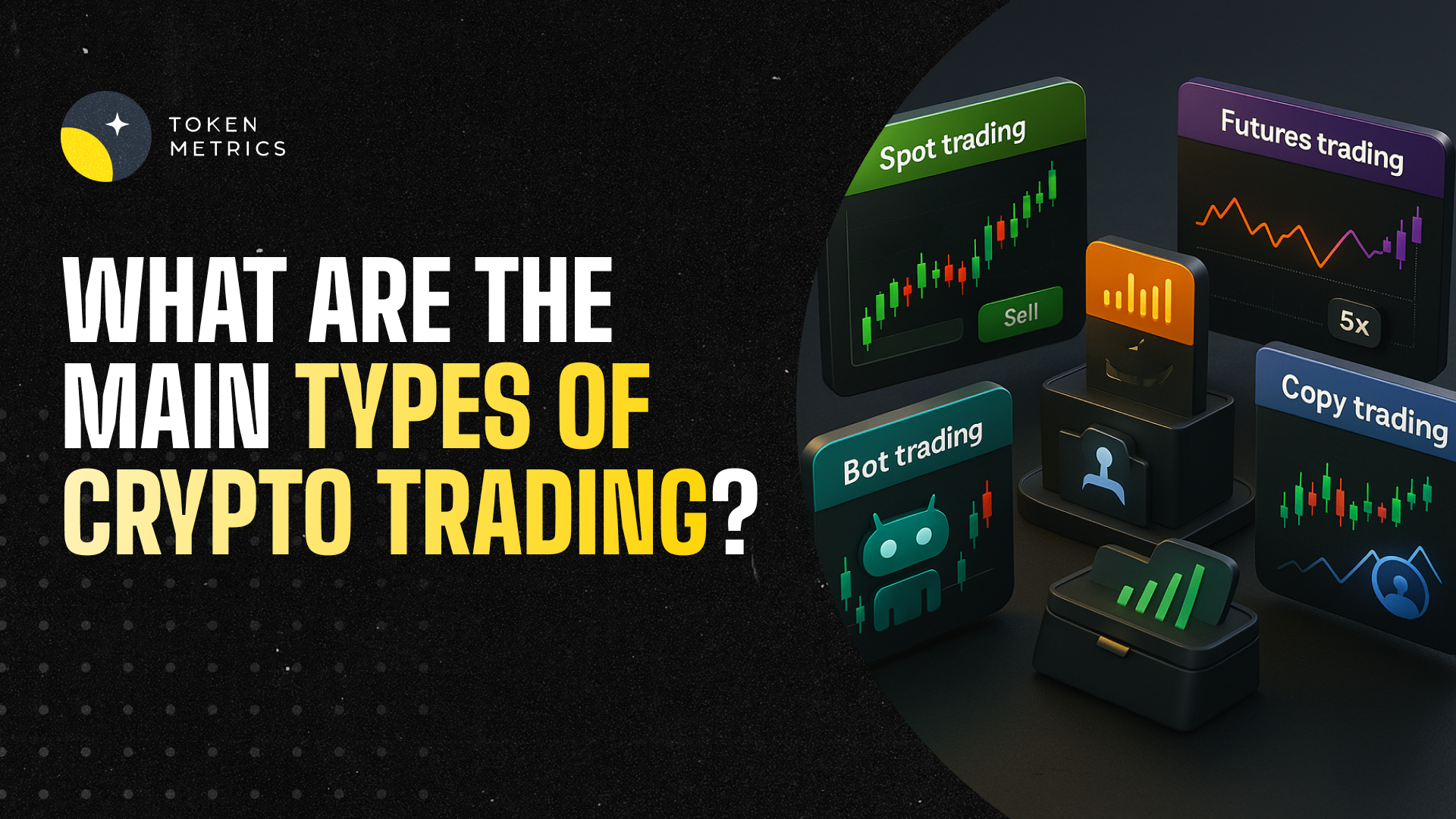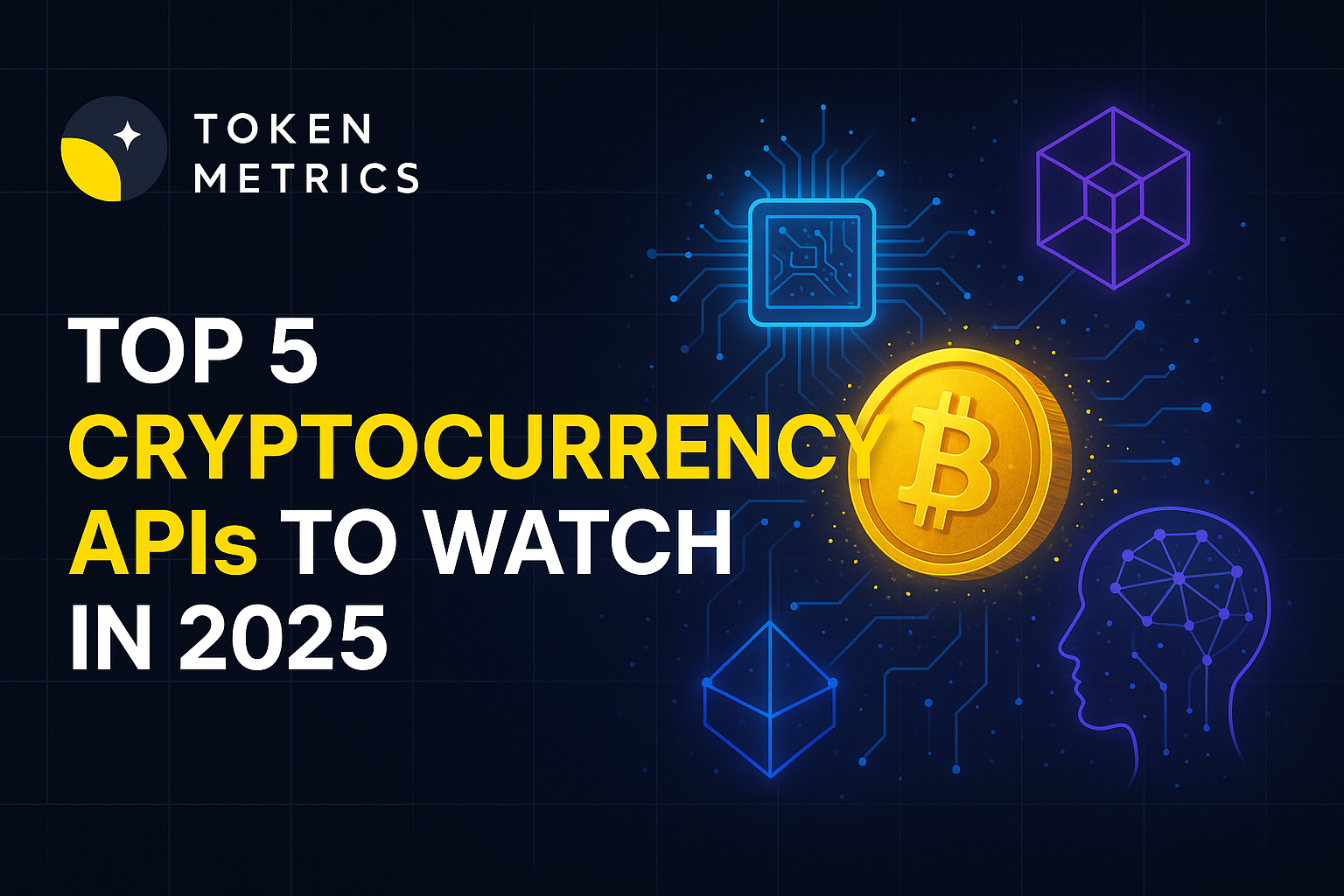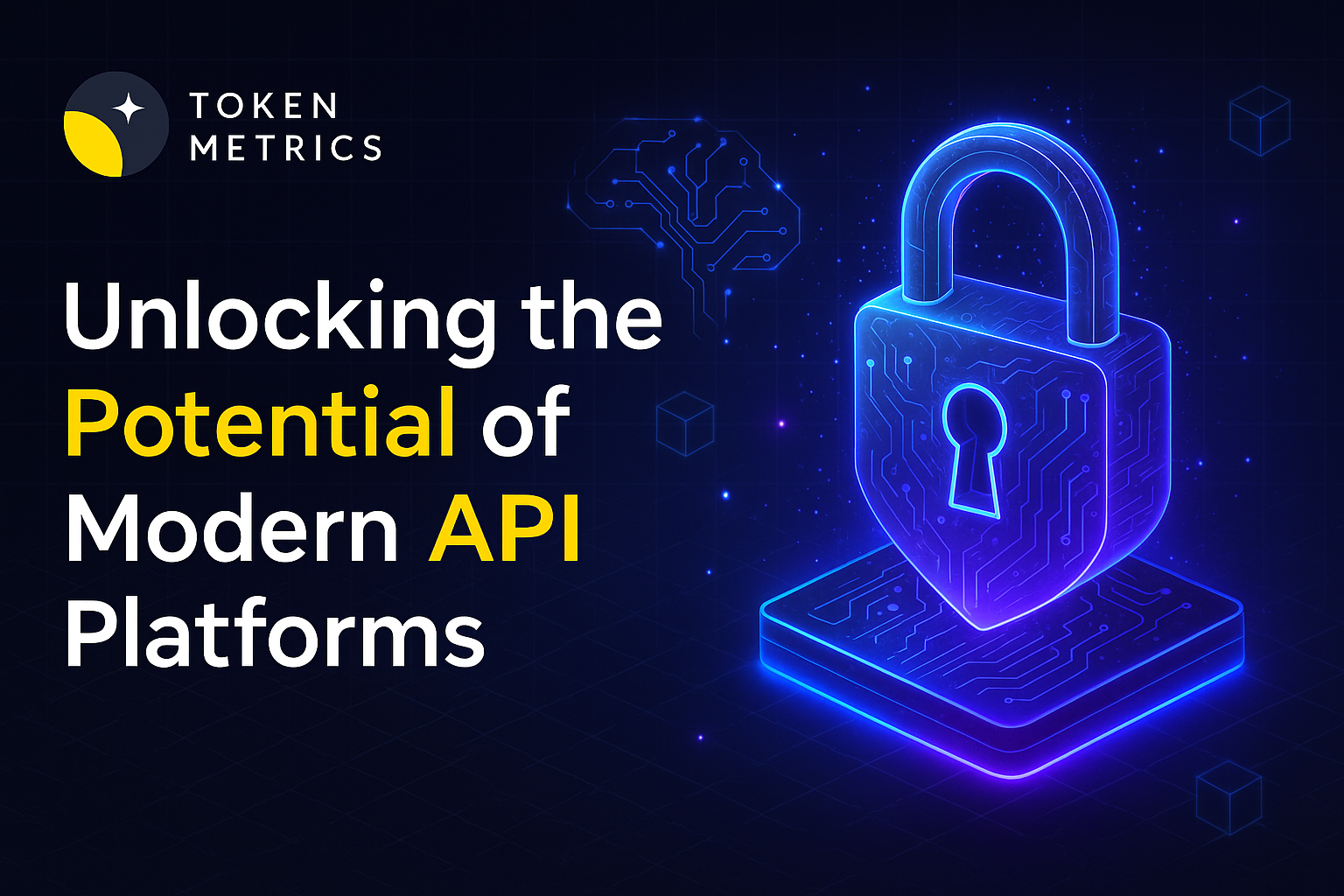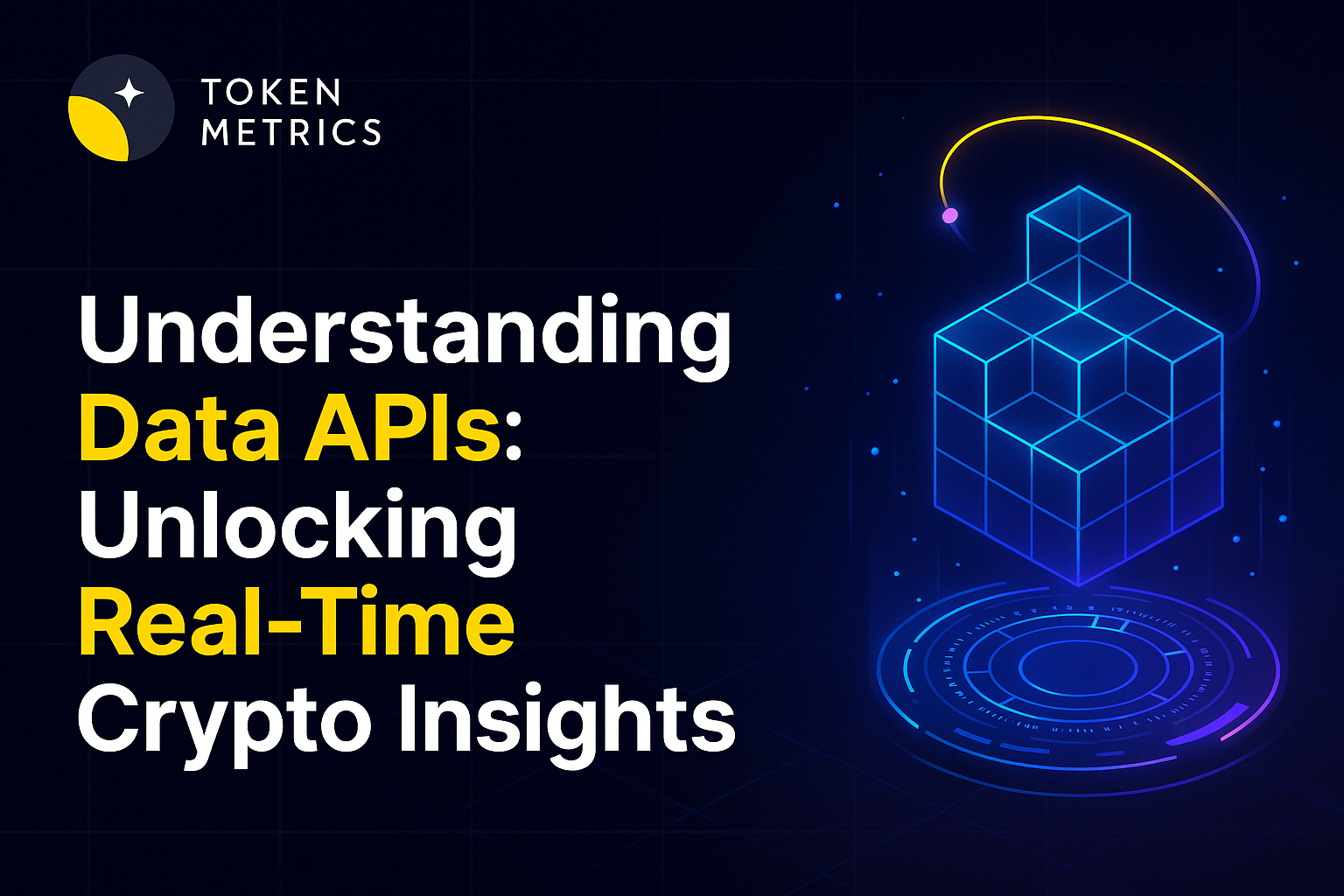What Are the Main Types of Crypto Trading?

Cryptocurrency trading has evolved into one of the most dynamic ways to generate profits in financial markets. But before jumping in, it’s crucial to understand the different types of crypto trading strategies. Whether you’re a beginner or an experienced trader, knowing these styles will help you choose an approach that matches your risk tolerance, time commitment, and profit goals.
In this guide, we’ll break down the main types of crypto trading, who they’re best for, and how platforms like Token Metrics can help you succeed with AI-powered insights.
Why Understanding Crypto Trading Types Matters
Crypto is a 24/7, high-volatility market where fortunes can be made—or lost—quickly. Picking the right trading style helps you:
- Align with your financial goals (short-term gains vs. long-term growth).
- Manage risk by using strategies that suit your experience level.
- Maximize opportunities by applying the right tools and insights.

The 5 Main Types of Crypto Trading
There are several trading strategies in crypto, but these five dominate the space:
1. Day Trading
Day trading involves buying and selling crypto within the same day to profit from short-term price movements.
- Key Features:
- Traders close all positions before the day ends.
- Relies on technical analysis and real-time data.
- Requires constant market monitoring.
- Traders close all positions before the day ends.
- Who It’s For:
- Active traders with time to watch charts and news.
- Those who enjoy fast-paced decision-making.
- Active traders with time to watch charts and news.
- How Token Metrics Helps:
Token Metrics offers AI-powered trading signals to identify optimal entry and exit points, giving day traders a data-driven edge.
2. Swing Trading
Swing trading focuses on holding positions for several days or weeks to capture larger price swings.
- Key Features:
- Less intense than day trading.
- Combines technical and fundamental analysis.
- Aims to profit from medium-term trends.
- Less intense than day trading.
- Who It’s For:
- Traders who want flexibility without 24/7 screen time.
- Those who prefer a balance between risk and reward.
- Traders who want flexibility without 24/7 screen time.
- How Token Metrics Helps:
Use Trader and Investor Grades to spot crypto assets with the strongest short- to mid-term growth potential.
3. Scalping
Scalping involves making dozens (or even hundreds) of trades daily to profit from tiny price changes.
- Key Features:
- High-frequency trading for micro-gains.
- Requires low fees and ultra-fast execution.
- Focuses on high-liquidity assets like BTC and ETH.
- High-frequency trading for micro-gains.
- Who It’s For:
- Experienced traders who thrive under pressure.
- Those comfortable with high-volume trading.
- Experienced traders who thrive under pressure.
- How Token Metrics Helps:
Scalpers can leverage real-time AI signals and market sentiment analysis to identify high-probability trades quickly.
4. Position Trading (HODLing)
Position trading, often called HODLing, is a long-term investment strategy. Traders buy and hold assets for months or years, ignoring short-term fluctuations.
- Key Features:
- Focuses on long-term growth.
- Less stressful and time-intensive.
- Ideal for blue-chip cryptos like Bitcoin, Ethereum, and top altcoins.
- Focuses on long-term growth.
- Who It’s For:
- Investors with a long-term outlook.
- Beginners who want low-maintenance strategies.
- Investors with a long-term outlook.
- How Token Metrics Helps:
Use AI Indices—auto-managed portfolios that rebalance based on market conditions—to maximize long-term returns without manually tracking assets.
5. Arbitrage Trading
Arbitrage trading exploits price differences for the same crypto on different exchanges.
- Key Features:
- Buy low on one exchange, sell high on another.
- Requires speed and knowledge of multiple platforms.
- Margins are small but relatively low-risk.
- Buy low on one exchange, sell high on another.
- Who It’s For:
- Advanced traders who can move funds quickly.
- Those familiar with cross-platform trading tools.
- Advanced traders who can move funds quickly.
- How Token Metrics Helps:
Our data-rich API can be integrated with arbitrage bots to monitor price discrepancies in real time.
How to Choose the Right Trading Style
When deciding which type of trading suits you, consider:
- Time Commitment:
- Day trading and scalping require constant attention.
- Swing and position trading allow more flexibility.
- Day trading and scalping require constant attention.
- Risk Tolerance:
- Scalping and day trading are riskier but can deliver faster returns.
- Position trading offers lower risk over time.
- Scalping and day trading are riskier but can deliver faster returns.
- Capital Available:
- Arbitrage often requires higher liquidity for meaningful profits.
- Day or swing trading can start with smaller amounts.
- Arbitrage often requires higher liquidity for meaningful profits.
- Experience Level:
- Beginners are better off starting with swing trading or HODLing.
- Advanced traders can explore scalping or arbitrage.
- Beginners are better off starting with swing trading or HODLing.
Why Token Metrics Is the Perfect Companion for Any Trading Style
No matter your trading strategy, Token Metrics provides the tools to help you succeed:
- AI-Powered Trading Signals: Make smarter decisions using data-driven bullish/bearish signals.
- Proprietary Trader & Investor Grades: Identify the best short-term and long-term crypto investments.
- Moonshot Finder: Discover undervalued altcoins before they explode in value.
- AI Indices: Auto-managed portfolios for long-term investors.
- Flexible API & MCP Server: Integrate trading strategies with automation tools.
Whether you’re a day trader chasing fast gains or a long-term HODLer, Token Metrics simplifies research and helps you execute strategies with confidence.
Final Thoughts
So, what are the main types of crypto trading?
- Day Trading: For active traders who thrive on quick decisions.
- Swing Trading: For those wanting balance between time and profit potential.
- Scalping: For high-frequency, experienced traders.
- Position Trading: For long-term investors looking for steady growth.
- Arbitrage: For advanced traders seeking low-risk, small-margin opportunities.
Each type of trading has its pros and cons, but with AI-powered tools from Token Metrics, you can make smarter decisions, reduce guesswork, and trade confidently—regardless of your preferred style.
Create Your Free Token Metrics Account

.png)




%201.svg)
%201.svg)


%201.svg)










.svg)




.png)